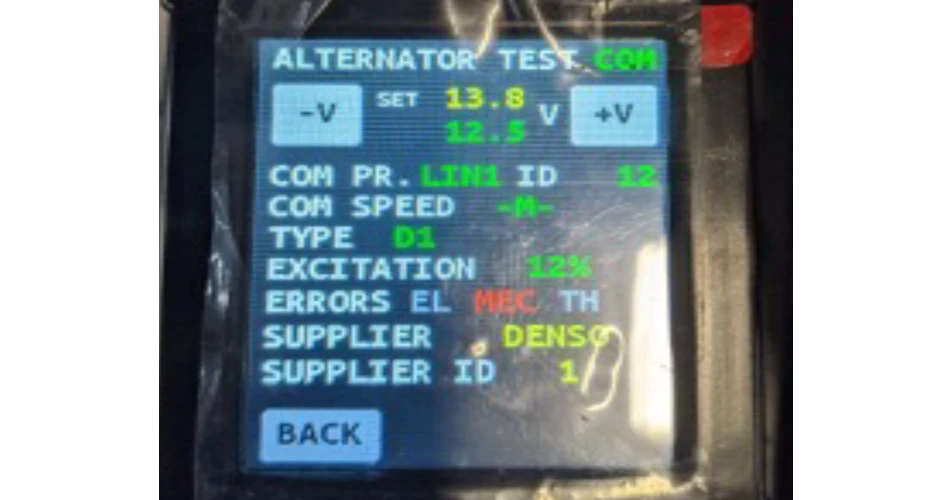In the beginning, we had a low electrical demand on vehicles and the humble Dynamo coped well. As more electrical systems were added, and the demand on the system increased, something more efficient was needed. The alternator was born, but in a mild form, with low current output. No longer was an external voltage regulator required. The unit was a compact, with internal voltage regulation and rectification.
Alternators can provide high power at slower engine speeds. Even at idle, there is sufficient output to keep all systems running. These early alternators employed an internal regulator that maintained a voltage between 13.4 and 14.8 volts, and the field current was initially supplied by the warning light circuit. But as the electrical demand increased, a new approach was needed to control the alternator output, and manage the engine load when demand was high. So, the smart alternator was developed.
Ford introduced the Smart Alternator, a 3 wire control connector. It incorporated a voltage sensing circuit with 2 load signals from the Power Control Module (PCM), a square wave signal from the PCM and a load signal return from the alternator. The information to the PCM is limited to only what load the alternator is under, very limited information.
Signals from the alternator on a Ford smart charge system include:
- Alternator current output to the battery
- Load feedback, alternator to the PCM
- Control signal from PCM
More recently, alternators have taken another leap forward in design, with the introduction of Local Interconnect Network (LIN) controlled intelligent alternators. These alternators can be controlled via the LIN network for ultimate control of the charging system.
The problem when replacing a smart alternator, for whatever reason, faults can arise with the engine management reporting loss of communication with generator or LIN errors. The LIN controller within the alternator has a unique ID, and baud rate that it communicates at. If these are not the same as the original component, the system can be in an error state.
A proper diagnostic tool will show LIN ID ( there are 2 protocols: LIN 1 or LIN 2), the Baud rate it communicates at. The 3 Baud rates are 19200 High, 9600 Medium and 2400 Slow. The alternator manufacturers name, as well as load information and internal voltage should also be displayed.
When fitting a non-OE parts, this information needs to be correct or there may be errors with the new alternator. An alternative method is to perform a software update on the vehicle, to have the new alternator recognised by the vehicle. This is a particular problem with PSA vehicles.
It is worth noting the LIN signal can incorporate other components on the same network. Ford connect this LIN to the radiator shutter module, which is known to fail at the connector due to water ingress. The intelligent battery monitoring module also is often connected on the same LIN. Incorrect jump-starting procedures can damage this module, resulting in the LIN signal error effecting the alternator.
When boost starting vehicles fitted with IBS, the negative connection should always be placed to the vehicle chassis. Connecting to the battery negative terminal may damage the sensor.
To see or download this article
click here. There are lots more Tech Tips to view, and they are all searchable, on
TechTips.ie.
To join the Autobiz Helpline, call 01-905-9500, and then press 2, for further information.
 Typical LIN controller information retrieved directly from the alternator
Typical LIN controller information retrieved directly from the alternator
